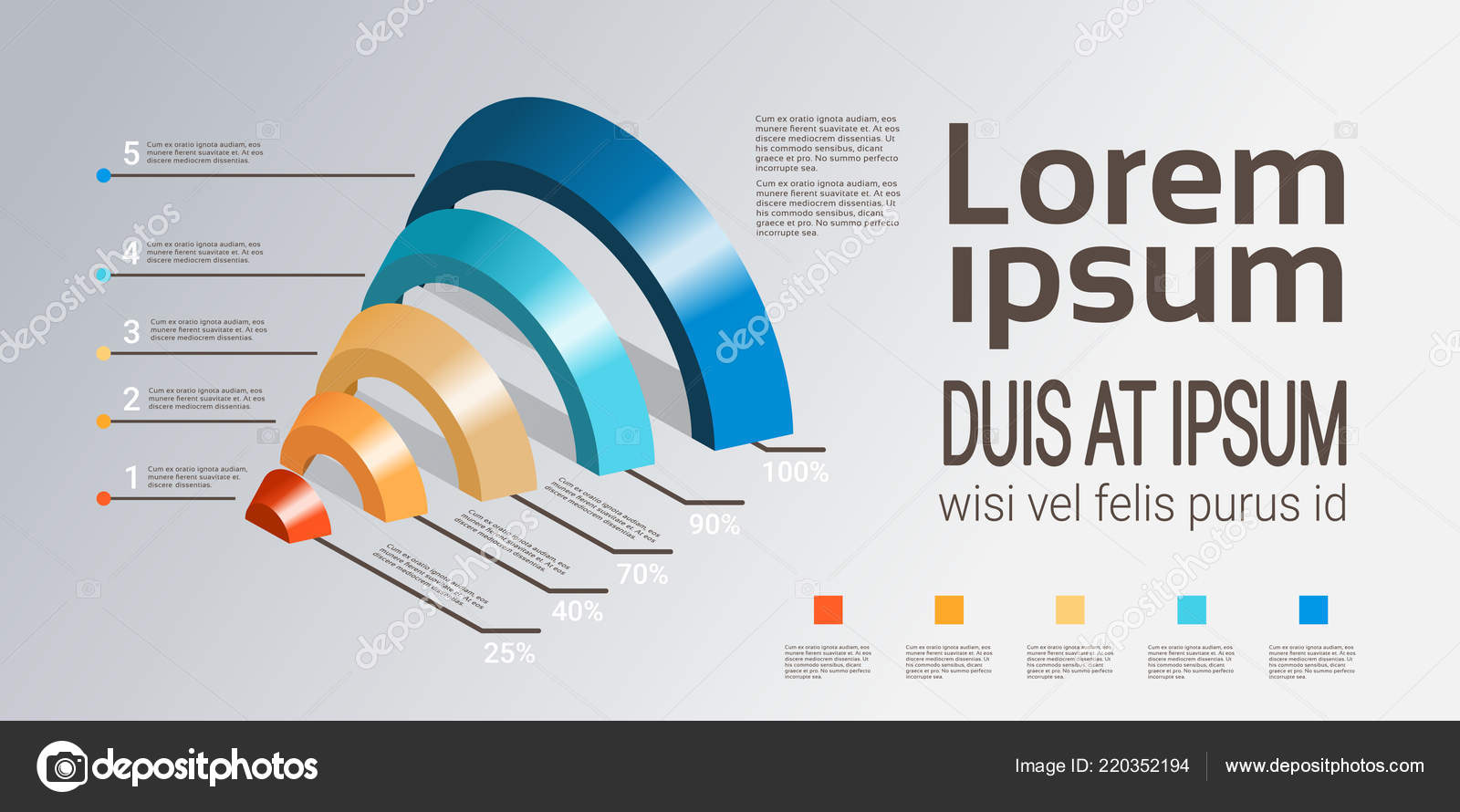Eager To Uncover How Internet Site Layout Has Changed Gradually? Dive Into The Advancement From Simpleness To User-Focused Experiences.
Eager To Uncover How Internet Site Layout Has Changed Gradually? Dive Into The Advancement From Simpleness To User-Focused Experiences.
Blog Article
Article Produced By-Abel Gibbons
In the past, sites were basic and concentrated on details. Navigating was direct, and style was for desktop computers. Currently, customer experience is key. Data guides designs for simple navigating. Responsive designs match various devices. Today, dark setting minimizes stress, and minimalist menus boost navigating. Interactive attributes engage individuals, and strong visuals attract attention. AI assimilation enhances engagement. See exactly how layout has actually developed to enhance your online trip.
Very Early Days of Web Design
In the very early days of website design, simpleness reigned supreme. web content provider were basic, with limited shades, fonts, and layouts. The emphasis was on supplying details instead of showy visuals. Users accessed the internet via sluggish dial-up links, so speed and performance were vital.
Navigating menus were straightforward, typically situated on top or side of the page. Web sites were created for computer, as mobile browsing had not been yet widespread. Content was king, and developers prioritized easy readability over intricate design elements.
HTML was the key coding language used, and developers needed to function within its restrictions. Animations and interactive functions were very little contrasted to today's criteria. Internet sites were static, with little vibrant content or personalized customer experiences.
Surge of User-Focused Design
With the advancement of website design, a change in the direction of user-focused style principles has actually become progressively popular. Today, developing sites that focus on individual experience is important for involving site visitors and accomplishing business objectives. User-focused layout involves comprehending the needs, choices, and behaviors of your target audience to tailor the site's format, content, and includes as necessary.
Designers currently conduct comprehensive research, such as customer surveys and functionality screening, to gather understandings and responses directly from individuals. This data-driven approach assists in creating instinctive navigation, clear calls-to-action, and aesthetically enticing user interfaces that resonate with site visitors. By positioning the customer at the facility of the layout procedure, internet sites can supply a much more individualized and enjoyable experience.
Responsive design has additionally become a vital facet of user-focused layout, ensuring that websites are enhanced for various devices and display dimensions. This versatility boosts availability and usability, accommodating the varied methods users interact with internet sites today. Essentially, the rise of user-focused layout symbolizes a shift in the direction of producing digital experiences that focus on the needs and expectations of the end individual.
Modern Trends in Website Design
Check out the latest patterns forming web design today. One famous fad is dark mode style, providing a streamlined and modern look while lowering eye stress in low-light atmospheres. https://www.business2community.com/digital-marketing/top-digital-marketing-strategies-for-2021-02367447 is minimal navigation, streamlining menus and boosting customer experience by focusing on essential elements. Incorporating micro-interactions, such as computer animated switches or scrolling impacts, can produce an extra appealing and interactive internet site. Responsive style continues to be vital, guaranteeing seamless individual experiences across different tools. In addition, making use of strong typography and asymmetrical layouts can add visual rate of interest and draw attention to specific web content.
Incorporating AI innovation, like chatbots for client assistance or personalized suggestions, boosts user involvement and enhances procedures. Accessibility has also come to be a considerable fad, with designers prioritizing comprehensive layout methods to cater to varied user demands. Accepting sustainability by maximizing web site efficiency for rate and performance is an additional emerging fad in web design. Teaming up with customer comments and data analytics to repeat and improve design continually is vital for staying appropriate in the ever-evolving digital landscape. By welcoming these modern-day patterns, you can develop a visually attractive, user-friendly internet site that resonates with your audience.
Conclusion
As you review the advancement of website style from the very early days to now, you can see exactly how user-focused layout has ended up being the driving pressure behind modern-day fads.
Welcome the journey of adjustment and adaptation in web design, always keeping the user experience at the forefront.
Keep current with the most up to date fads and innovations, and never ever quit evolving your strategy to develop visually spectacular and straightforward internet sites.
Evolve, adapt, and create - the future of website design remains in your hands.
